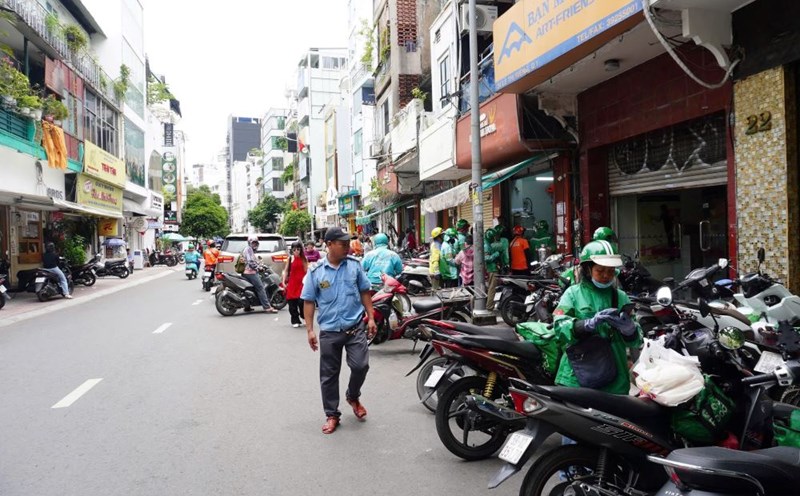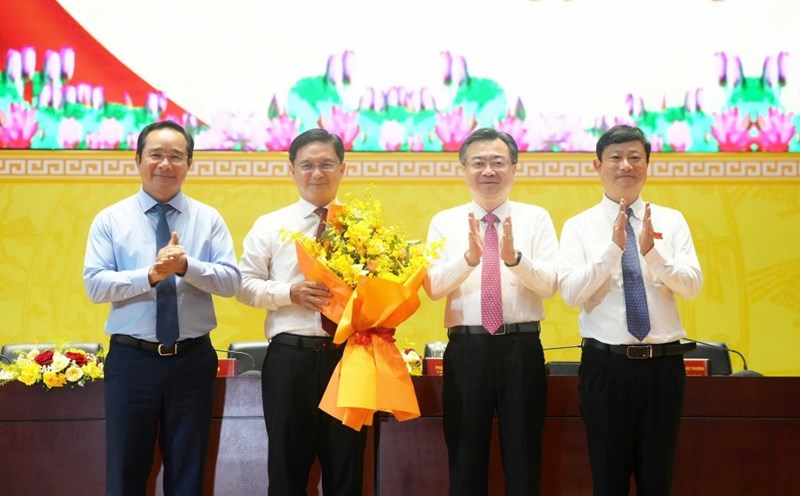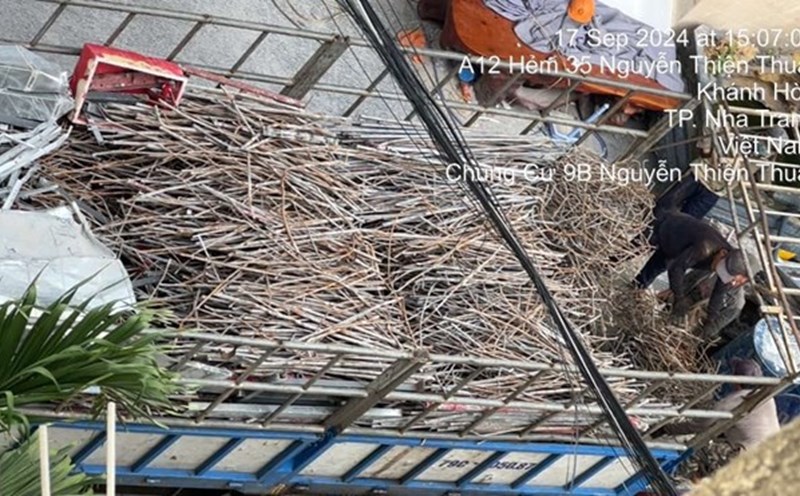The painful prospect of pedestrians having to "assign a way"
After 3 days of traveling with her family in Ho Chi Minh City, Ms. Duong Cam Linh (23 years old, from Quang Tri) said she felt tired from being congested during rush hour and having to constantly "assign for directions" when walking on the sidewalk.
"We took a walk in the city center but it was very difficult because motorbikes took up the whole sidewalk, sometimes we had to walk on the road because there was no way to go," Ms. Linh shared.
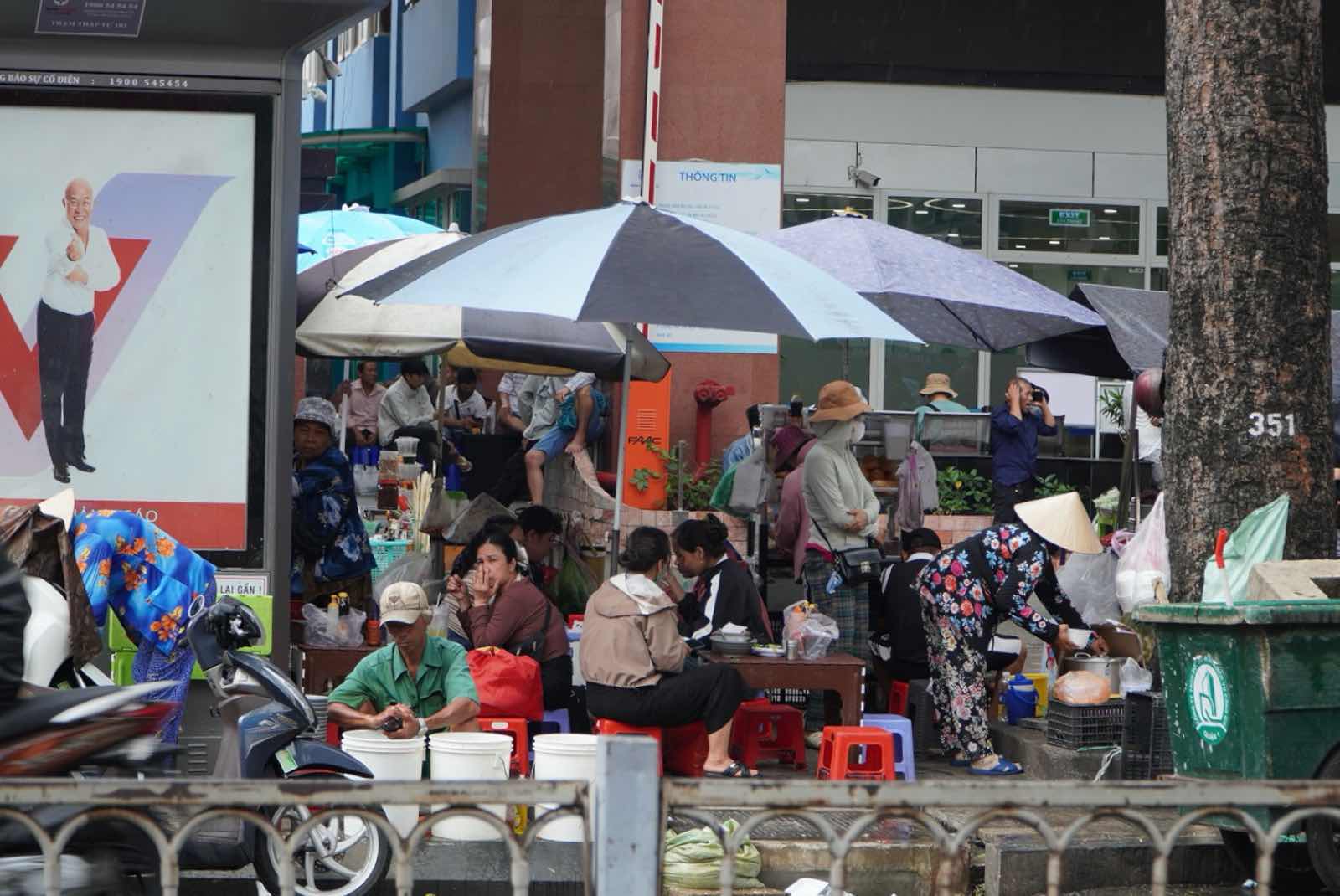
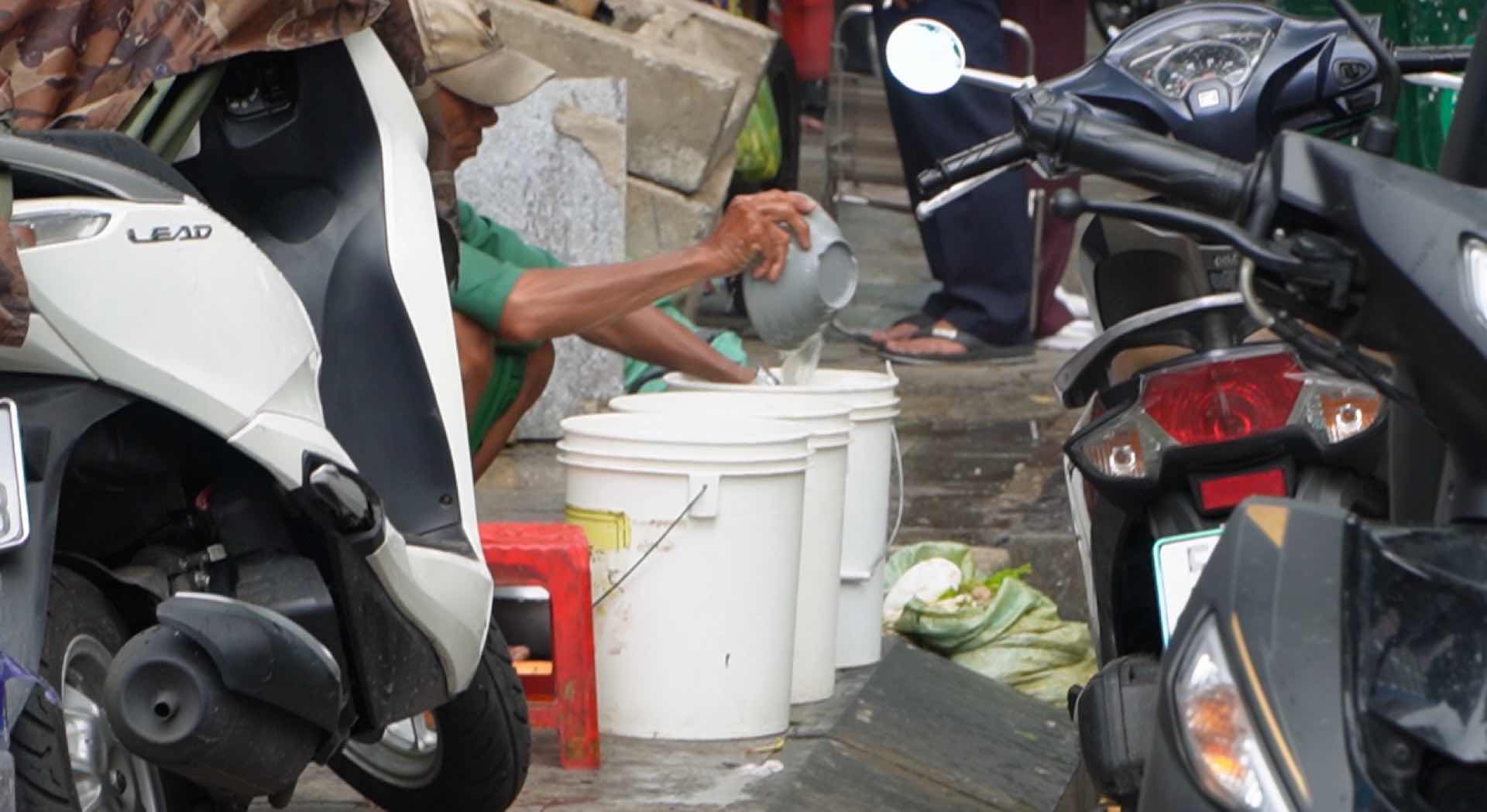
Not only tourists, many people living and working in Ho Chi Minh City are also upset because the sidewalk is everywhere occupied.
After finishing work, Ms. Nguyen Thi Mai (32 years old, office worker, old District 3) was upset: "Every day I have to walk a section from the parking lot to the company. But there is not much walking space on the sidewalk, motorbikes are packed, not to mention street vendors and restaurants are everywhere. One day I had to get into the flow of cars on the road, it was very dangerous.
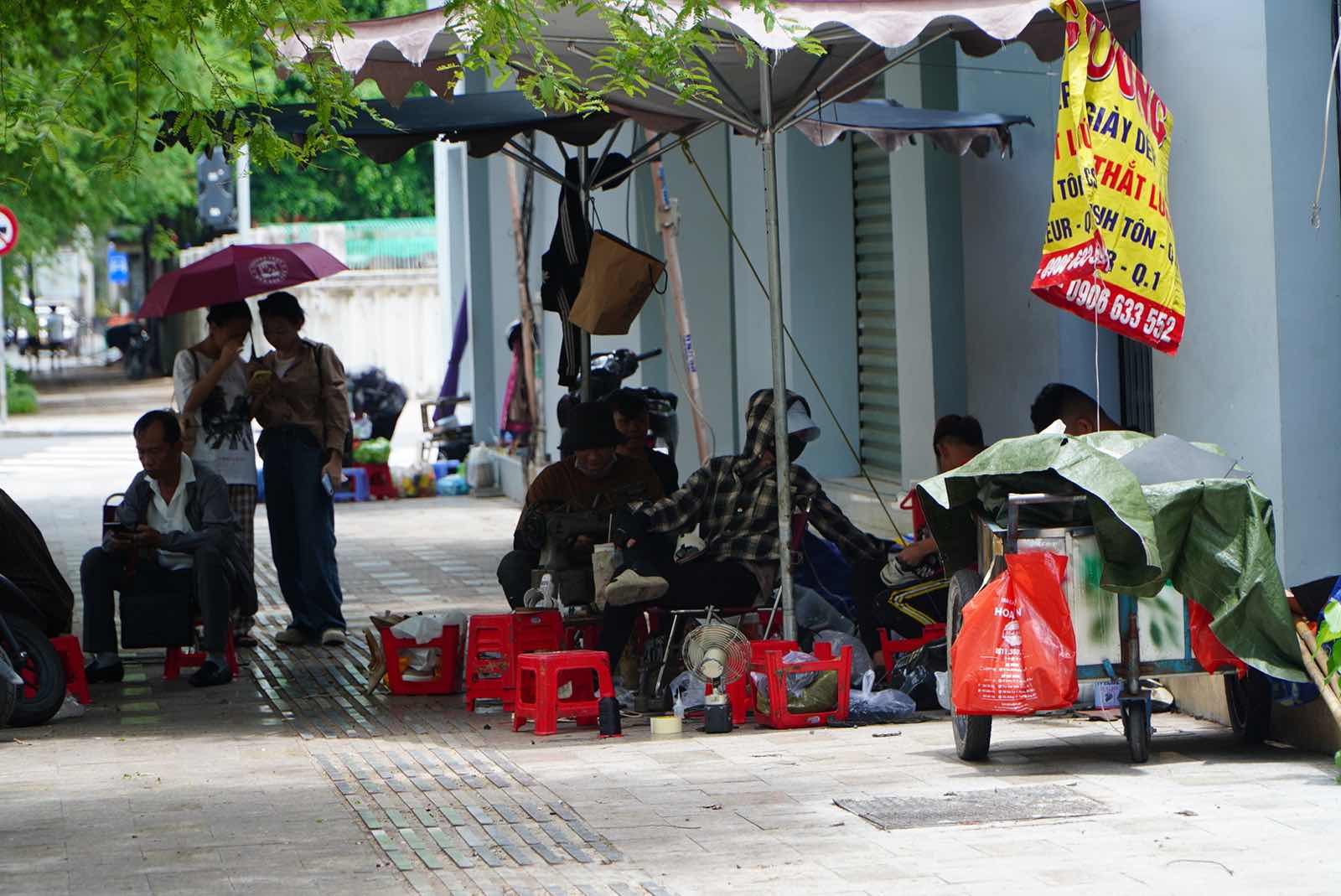
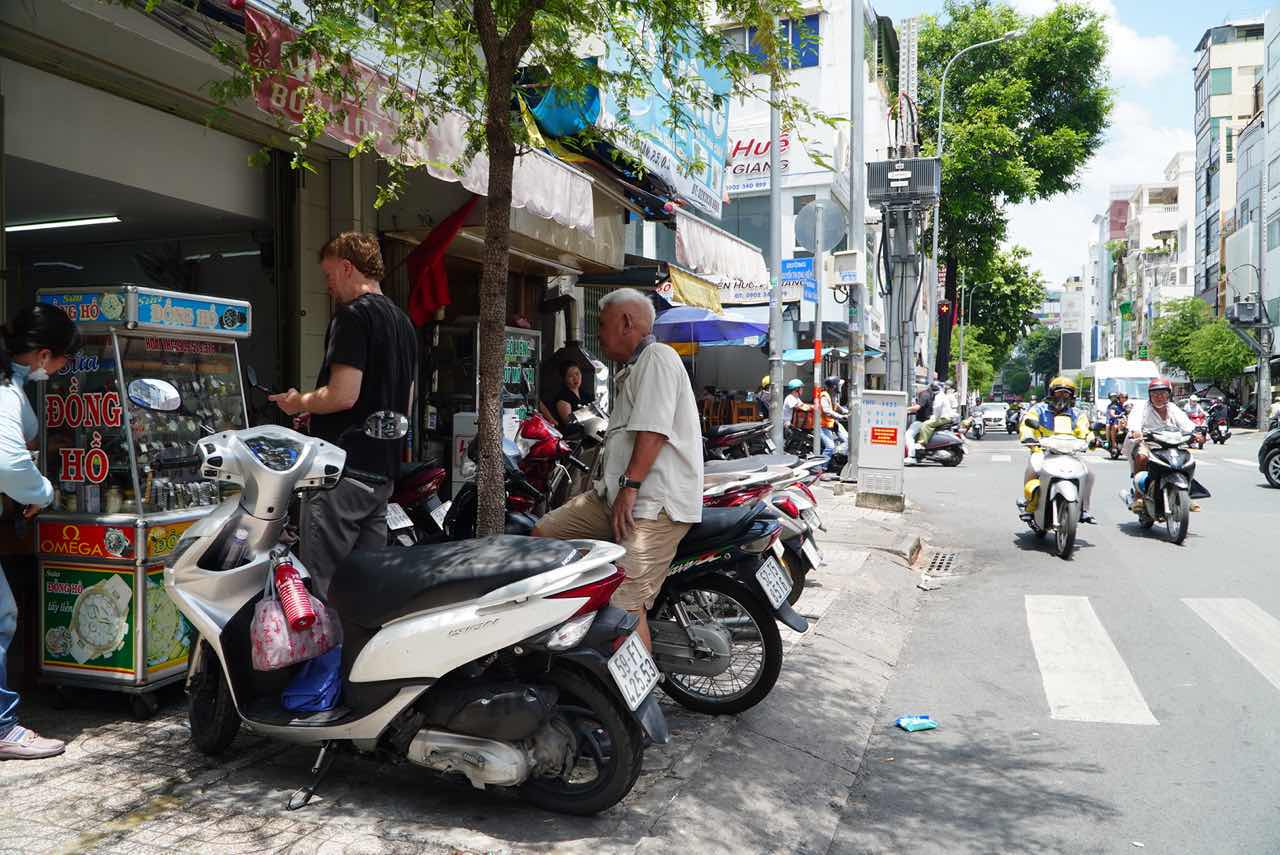
Install a camera system to manage sidewalk encroachment
At a press conference on the socio-economic situation in Ho Chi Minh City on July 24, Mr. Nguyen Kien Giang - Deputy Head of the Department of Traffic Construction Maintenance and Exploitation Management, Ho Chi Minh City Department of Construction informed about the challenges in restoring order on roads and sidewalks.
According to Mr. Giang, the Ho Chi Minh City Department of Construction continues to record many violations related to the illegal use of roadways and sidewalks for business, parking or construction barriers. These violations are quite common in areas bordering administrative boundaries, densely populated residential areas, spontaneous markets and around large hospitals.
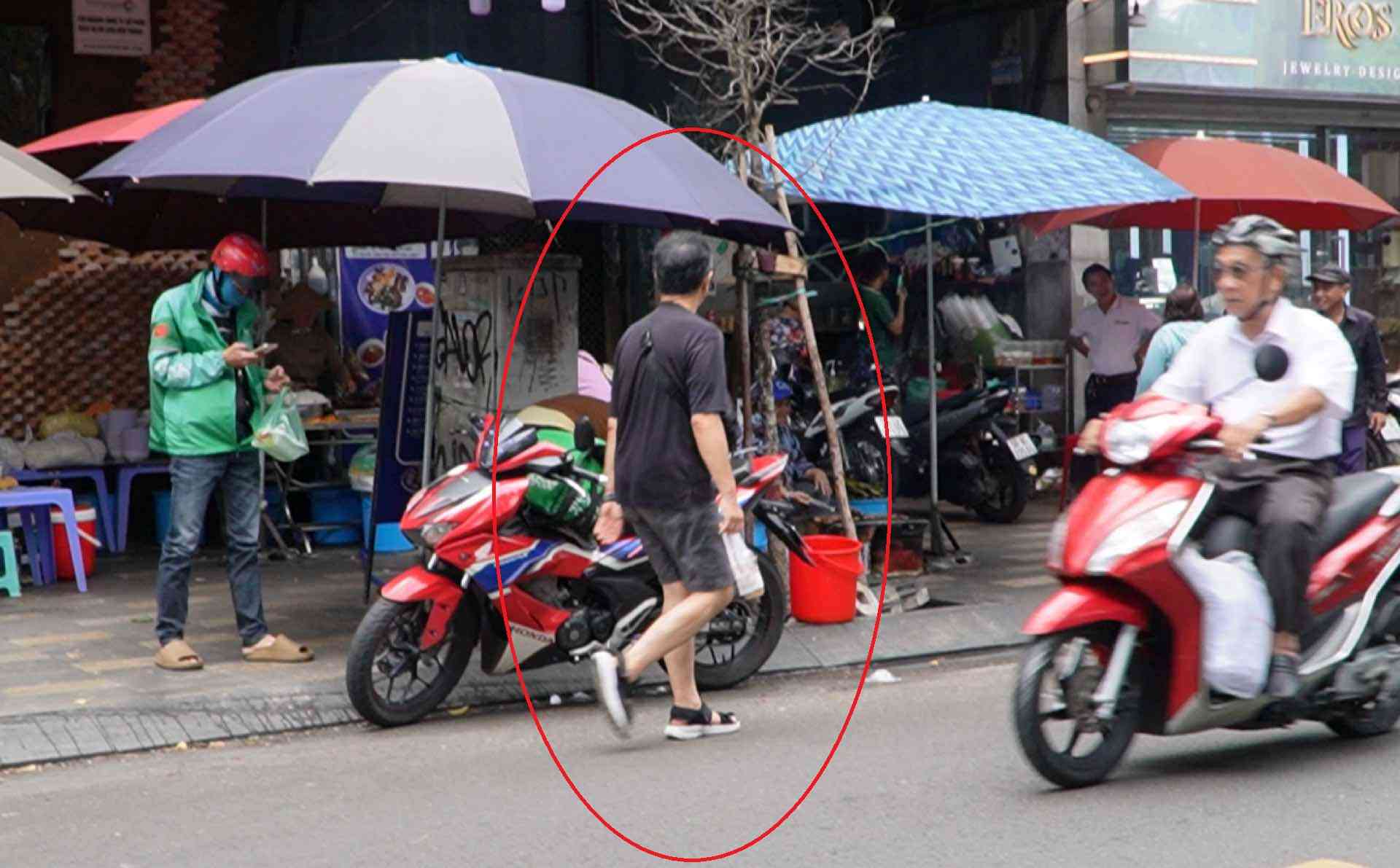
A representative of the Department of Construction said that one of the current outstanding difficulties is the change in the mechanism for handling violations. Previously, the authority to sanction acts of encroachment on sidewalks and roadsides belonged to the People's Committees at the district level, however, from July 1, 2025, this authority was transferred to the commune and ward levels.
This poses an urgent need to review the functions, tasks and implementation capacity of forces at the grassroots level.
Although the handling has changed positively in some areas, the situation of violations continues. To overcome this, the Ho Chi Minh City Department of Construction is implementing a number of synchronous solutions. In the immediate future, the Ho Chi Minh City Urban Management and Operation Center will survey and propose installing camera systems in areas where violations frequently occur, to support recording, fines and monitoring urban order.
In addition, the Department is also advising on the establishment of interdisciplinary inspection teams to assess and supervise sidewalk management on complex routes - especially in the border areas between Binh Duong province and Thu Duc city ( administrative boundaries before the merger). Coordination with these localities will be strengthened in the coming time to create clear changes in the field.
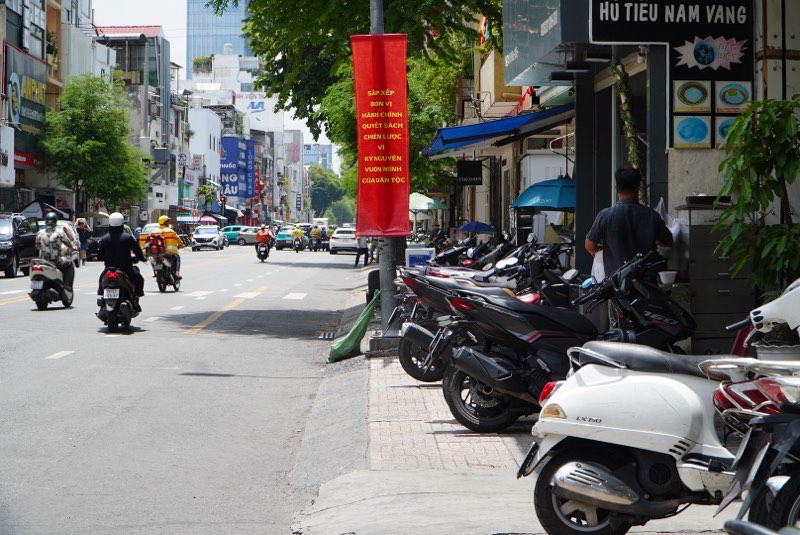
According to statistics from the Ho Chi Minh City Department of Transport (now the Ho Chi Minh City Department of Construction) in March 2025, after more than a year of implementation, the total revenue from temporary use of sidewalks and roads reached about 7 billion VND. This figure is too low compared to the initial calculation - Ho Chi Minh City will earn more than 1,500 billion VND per year from sidewalk and road rental.
The Ho Chi Minh City Department of Construction also said that after the new law does not allow business on sidewalks (effective from 2025), Ho Chi Minh City will calculate the development of a new appropriate sidewalk management project, as a basis for implementation after merging administrative boundaries.
Specifically, from January 1, 2025, the Road Law and the Law on Road Traffic Order and Safety issued by the National Assembly and Decree No. 165/2024/ND-CP of the Government will officially be applied. According to the new regulations, the People's Committees at the provincial level are no longer allowed to issue separate regulations on the use of roads and sidewalks. At the same time, sidewalks are not allowed for business activities and trading of goods and services as before.


